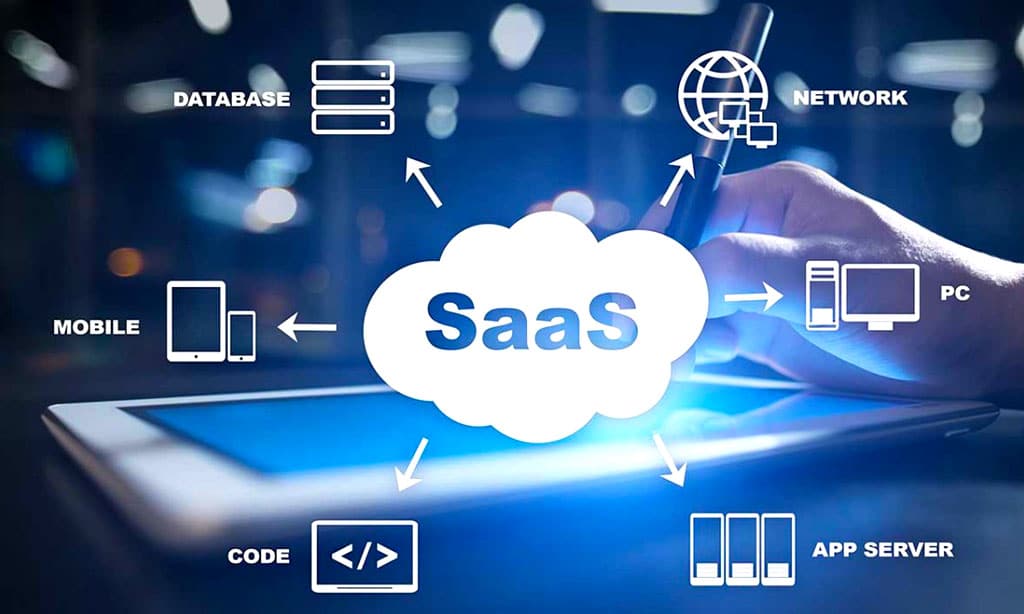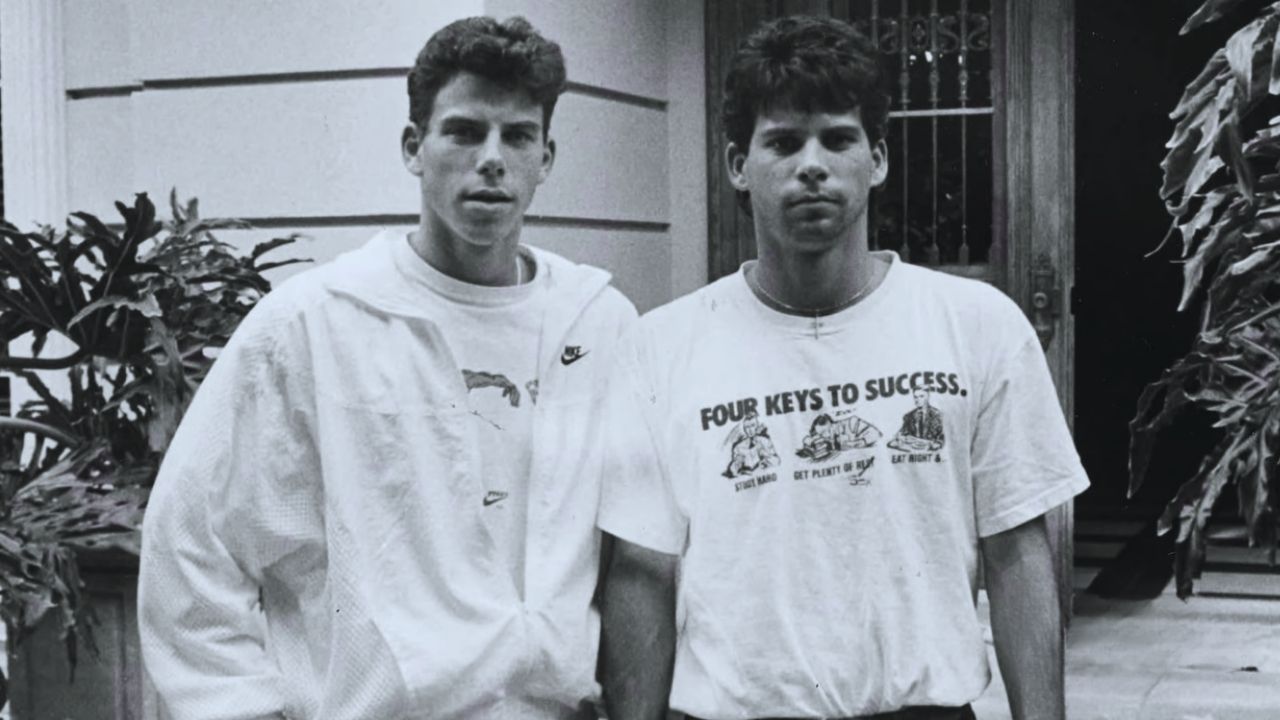The Software-as-a-Service (SaaS) industry has seen explosive growth in recent years. With the rise of cloud computing, mobile access, and remote work, SaaS platforms have become the go-to solution for businesses and consumers alike.
However, while the SaaS market offers tremendous opportunities, it is also highly competitive. Developing a SaaS product that successfully connects with users and competes in the market requires careful planning, execution, and, above all, awareness of common pitfalls that can derail your efforts.
In this article, we’ll explore 10 common pitfalls in SaaS product development and provide actionable insights on how to avoid them.
Whether you’re launching your first SaaS product or iterating on an existing one, understanding these challenges will help you navigate the development process and position your product for long-term success.
1. Inadequate Market Research and Validation
One of the most significant mistakes SaaS developers make is jumping into product development without sufficient market research or validation.
This pitfall can lead to building a product that solves no real problem or addresses an issue that isn’t pressing enough for customers to pay for a solution. Many startups fail because they launch products that don’t align with the actual needs of their target audience.
Why This Happens:
Developers often get excited about an idea, skipping the crucial step of validating whether there’s a demand for the product in the market. This lack of research can result in wasting time, money, and resources building a solution no one needs.
How to Avoid It:
- Conduct Comprehensive Market Research: Understand your target market, including customer pain points, behaviors, and preferences. This can be done through surveys, focus groups, interviews, and analytics.
- Validate Your Idea with an MVP (Minimum Viable Product): Before going all in, build a simple version of your product and release it to a small group of users. Gather feedback to ensure you’re on the right track.
Competitor Analysis:
Identify competitors in your space and analyze their strengths, weaknesses, and customer reviews. This will help you position your product more effectively.
2. Lack of Clear Product Vision and Roadmap
Without a clear product vision and roadmap, SaaS teams can lose focus, resulting in a product that lacks direction. This often leads to feature creep, missed deadlines, and an incoherent product experience.
Why This Happens:
In the excitement of building a product, teams sometimes neglect to establish a clear vision of what the product is supposed to achieve or how it aligns with the business’s goals.
This lack of direction makes it difficult to prioritize features or manage the product’s lifecycle effectively.
How to Avoid It:
- Define a Clear Product Vision: Your product vision should clearly articulate what problem your SaaS product solves, who it’s for, and what success looks like.
- Develop a Detailed Roadmap: A roadmap outlines the product’s long-term goals, key features, milestones, and timelines. Regularly update and communicate the roadmap with your team to ensure alignment.
- Stay Flexible: While a roadmap is important, ensure it has enough flexibility to adapt to changes in market conditions, technology, or customer feedback.
3. Underestimating Infrastructure and Scalability
As your SaaS product grows, so do the demands on its infrastructure. Underestimating the importance of scalability early on can lead to performance bottlenecks, poor user experience, and even system outages.
Why This Happens:
Many SaaS startups focus on building a functional product for the initial user base but don’t account for what happens when the product gains traction and users begin to scale.
Without proper planning, infrastructure issues can cripple growth and erode customer trust.
How to Avoid It:
- Build for Scalability from Day One: Use cloud infrastructure providers like AWS, Google Cloud, or Microsoft Azure, which offer scalable infrastructure solutions. Leverage auto-scaling and load balancing to manage increased demand.
- Invest in Performance Monitoring: Regularly monitor system performance and optimize for efficiency. Implement tools to track server loads, latency, and user behavior to prevent bottlenecks.
- DevOps Practices: Use infrastructure-as-code, continuous integration, and deployment pipelines to streamline scaling efforts and ensure a robust, reliable environment.
4. Ignoring Security and Data Privacy
Security breaches and data privacy violations can be disastrous for any SaaS product. SaaS platforms handle sensitive user data, and neglecting security can lead to financial losses, legal repercussions, and permanent damage to your reputation.
Why This Happens:
Security is often seen as a secondary concern, especially in the early stages of development when teams are focused on getting the product to market quickly. As a result, vulnerabilities can go unnoticed, leaving the system open to attack.
How to Avoid It:
- Implement Secure Development Practices: Encrypt sensitive data at rest and in transit. Use secure coding practices, such as input validation and SQL injection prevention.
- Robust Authentication and Authorization: Use multi-factor authentication (MFA), OAuth, or SAML to secure user accounts and prevent unauthorized access.
- Stay Compliant with Regulations: Adhere to data privacy regulations like GDPR, HIPAA, and CCPA. Regularly audit your system to ensure compliance.
- Continuous Security Testing: Conduct regular vulnerability assessments and penetration tests to identify and address potential security risks
5. Poor Onboarding and User Experience
A smooth onboarding process is crucial for SaaS success. If new users struggle to understand how to use your product, they are likely to churn before they’ve had a chance to realize its full value.
.A poor user experience can turn away even the most motivated customers.
Why This Happens:
Many SaaS products are built with powerful features but overlook usability and ease of onboarding. Overwhelming users with too much information or too many options at once can lead to confusion and frustration.
How to Avoid It:
- Simplify the Onboarding Process: Break the onboarding process into manageable steps. Use tooltips, progress bars, and walkthroughs to guide users through the product’s key features.
- Usability Testing: Regularly conduct usability tests with real users to identify pain points in the user journey. Use this feedback to streamline and improve the experience.
- Personalized Onboarding: Tailor the onboarding process based on the user’s role, expertise, or goals. This can help users focus on the features most relevant to them.
6. Lack of Product Differentiation
In a crowded SaaS market, failing to differentiate your product can be fatal. If your product doesn’t stand out or offer unique value, users are unlikely to choose it over more established alternatives.
Why This Happens:
Some SaaS developers make the mistake of building a product that mimics existing solutions without adding any distinctive features or advantages.
This leads to a lack of interest from potential customers and difficulty gaining traction in the market.
How to Avoid It:
- Identify Your Unique Value Proposition (UVP): Clearly define what sets your product apart from competitors. This could be a unique feature, superior performance, or better customer support.
- Focus on Innovation: Regularly analyze competitor offerings and identify opportunities for differentiation. Innovate in areas that competitors haven’t yet addressed.
- Customer-Centric Development: Continuously listen to customer feedback and add features or improvements that address their unmet needs, further differentiating your product.
7. Misaligned Pricing Models
Pricing can make or break a SaaS product. If your pricing model is too high, you risk scaring off potential customers. If it’s too low, you may not cover costs or realize the product’s full revenue potential.
Misaligned pricing can also lead to high churn rates if users don’t feel they’re getting sufficient value for what they’re paying.
Why This Happens:
Pricing is often determined arbitrarily, without proper research or testing. As a result, the product’s value proposition doesn’t align with what customers are willing to pay, leading to poor conversion rates.
How to Avoid It:
- Market Research: Understand what your target customers are willing to pay by researching competitor pricing models and conducting customer interviews.
- Tiered Pricing Strategies: Offer multiple pricing tiers to cater to different customer segments, such as individuals, small businesses, and enterprises. Ensure each tier provides clear, differentiated value.
- Value-Based Pricing: Charge based on the value your product delivers to customers. For example, if your product increases revenue or saves time for customers, align your pricing with those benefits.
8. Neglecting Customer Feedback and Iteration
The SaaS industry moves fast, and customer needs can change rapidly. Failing to continuously collect and act on customer feedback can lead to a stagnant product that fails to meet evolving demands.
Why This Happens:
Some SaaS teams become overly focused on the initial product release and fail to establish ongoing mechanisms for feedback and iteration.
This results in a product that becomes outdated or fails to deliver on customer expectations.
How to Avoid It:
- Create a Feedback Loop: Regularly collect feedback through surveys, interviews, and in-app feedback tools. Make it easy for customers to share their opinions on new features or issues they encounter.
- Agile Development: Use an agile development methodology to continuously iterate on the product. Release small, incremental updates that address customer feedback and introduce new features.
- Customer Success Focus: Ensure your customer success team is engaged with users and proactively collects insights on product performance and customer satisfaction.
9. Overcomplicating
Adding too many features or creating a complex user interface (UI) can overwhelm users, making it difficult for them to find value in your product. Feature bloat leads to frustration and ultimately higher churn rates.
Why This Happens:
Many SaaS teams feel pressure to add more features to compete with rivals, which often results in a cluttered, confusing product. Developers may also focus too much on technical sophistication without considering the user experience.
How to Avoid It:
- Prioritize Core Features: Focus on delivering a few key features that solve users’ primary problems. Avoid feature creep by regularly reviewing the product roadmap and cutting unnecessary features.
- Simplify the UI: Use minimalist design principles to create a clean, intuitive interface. Ensure that navigation is straightforward and that users can easily find the tools they need.
- Usability Testing: Conduct regular UI testing with real users to identify pain points and make iterative improvements. Ensure that any new features enhance, rather than complicate, the user experience.
10. Failing to Scale Customer Support and Operations
As your SaaS product grows, so do the demands on customer support and operations. Failing to scale these functions can lead to poor customer service, long response times, and operational inefficiencies—all of which drive users away.
Why This Happens:
Many SaaS startups focus on developing the product and attracting users, but they often overlook the operational side of the business.
As the user base grows, the company struggles to keep up with support tickets, billing issues, or service outages.
How to Avoid It:
- Automate Customer Support: Implement chatbots, help desks, and other automated support tools to handle common queries efficiently. This allows your support team to focus on more complex issues.
- Create a Knowledge Base: Build a self-service knowledge base or FAQ section to help users solve problems on their own, reducing the burden on your support team.
- Scale Operations with Automation: Automate routine operational tasks like billing, reporting, and user management to ensure your backend processes can handle growth.
Conclusion
Developing a successful SaaS product is no easy feat. The market is competitive, and even a minor misstep can have significant consequences.
However, by avoiding these 10 common pitfalls, SaaS teams can position themselves to build a product that not only connects with users but also competes effectively in the marketplace.
By conducting proper market research, establishing a clear product vision, focusing on scalability, and continuously iterating based on customer feedback, your SaaS product can stand out in a crowded market.
As the SaaS industry continues to grow, understanding these challenges and proactively addressing them will give you the best chance of long-term success.












































